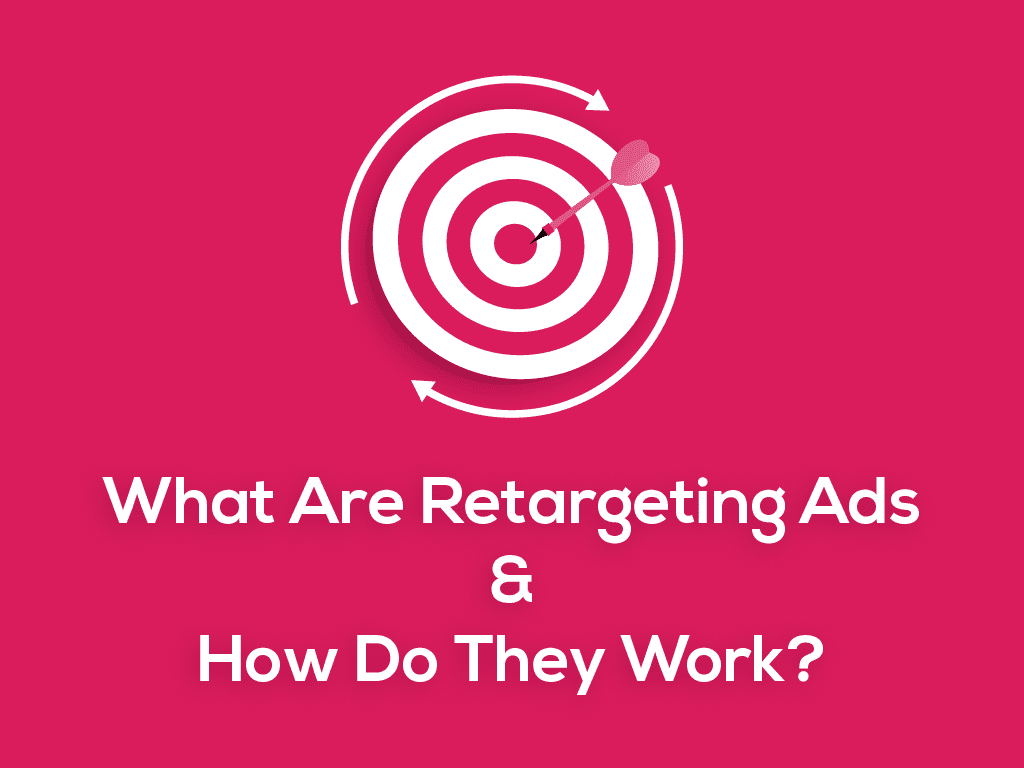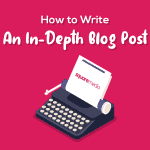
What Are Retargeting Ads And How Do They Work?
If you’re not familiar with retargeting or remarketing ads as a marketer, you may recognise them from your experience as a customer. Have you ever visited an ecommerce website, not bought anything, and then a little while later noticed that you’re seeing adverts for that website when browsing elsewhere on the internet? That’s no coincidence, and it’s remarketing at work. Sometimes I’ve even seen remarketing ads when I did actually buy something from the website in question!
That is perhaps the easiest way to explain what retargeting ads are, as so many people have seen them – and some even find them a little disconcerting. Regardless, remarketing ads can be very effective. Essentially, they are a way of showing ads to people who have already visited your website but haven’t converted, in the hopes that they will return to the site and complete a purchase. Therefore, these are very warm “leads” you’re advertising to, and retargeting ads tend to have high click-through and conversion rates. It’s also a great way to increase brand awareness by keeping your name and products in front of users. Let’s take a look at some of the different forms they can take and how you can add retargeting ads to your digital marketing strategy.
How Do Retargeting Ads Work?
Whichever platform you’re using to run retargeting ads, they all work through cookies. You can set up retargeting ads by placing a small piece of code on your website which tracks users’ cookies and adds anonymous user information to your list. When a user has left your site, the cookies alert your chosen platform, such as Google Ads, to display ads to the user. The most relevant of the ads you created will be shown.
Google Ads Retargeting
When you run retargeting ads through Google Ads, you’ll be able to create your own retargeting lists, and these can be as customised and specific as you need them to be. You could target customers who left your site without buying, or who even had something in their basket but didn’t complete the checkout process. You could also target people who spent a long time looking at a particular product. Choose how long a user stays on your list so you’re not advertising to people who have since lost interest.
Google makes it easy to create retargeting ads as you can create multiple image and video ads using Google’s Ad gallery. These ads appear on websites within Google’s network, of which there are thousands – it’s essentially any website that runs AdSense ads, as well as various Google-owned properties.
There are two types of Google retargeting ads – pixel-based and list-based.
Pixel-based retargeting ads are the most common and they work as explained above. With these, Google Ads is able to display very specific ads based on the page or product the user was looking at – so they may see ads for the very product they were considering purchasing. However, it can be trickier to add this code to your website.
List-based retargeting ads are used less often, and they require using a list of email addresses that you provide. For example, you might gather email addresses from people who have filled in a form on your website. These ads are shown to a more specific group of people and are good for small budgets, but can take some time to set up.
Microsoft Advertising Retargeting
You can also set up retargeting ads with Microsoft Advertising if you’re running Bing campaigns as part of your marketing strategy. These ads are served to users when they are searching on Yahoo or Bing after visiting your website. You can set them up using Universal Event Tracking (UET) tags and create remarketing lists based on user activity or pages they visit.
Social Media Retargeting
Facebook, Instagram, Twitter and LinkedIn all offer remarketing functionality so you can serve ads to your previous website visitors through these platforms. They work in the same way as Google Ads retargeting, either through a pixel that places a cookie on the user’s browser, or by uploading lists of email addresses. Retargeting ads on social platforms can offer an excellent return on investment and tie in nicely with the rest of your social media marketing strategy.
Whichever platform you decide to use for running your retargeting ads, we’re here to help. Get in touch!

